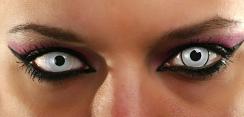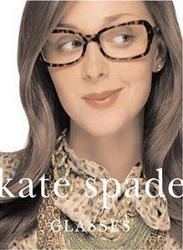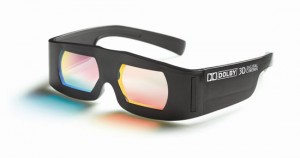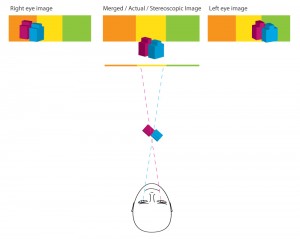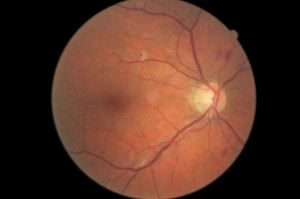 I discuss LASIK with several patients each week and realize I have never written about it. LASIK is a refractive procedure that quickly, painlessly and permanently changes the corneal topography (shape of the front of the eye) to correct a person’s vision. Many people are candidates for the procedure, but some are “better” candidates than others. My strongest recommendation goes to people with astigmatism. This refractive condition is usually caused by the shape of the cornea and often makes contact lens use challenging or impossible. My second favorite candidate for LASIK are people with myopia or nearsightedness. I do want to qualify this because some myopes are not great candidates. Someone who reads and works at the computer comfortably without glasses or contact lenses will require more education about future vision changes and glasses. The other end of the myopic spectrum are people who are really really nearsighted and too much corneal tissue would have to be removed to be safe. Otherwise most nearsighted people are very good candidates and enjoy the results.
I discuss LASIK with several patients each week and realize I have never written about it. LASIK is a refractive procedure that quickly, painlessly and permanently changes the corneal topography (shape of the front of the eye) to correct a person’s vision. Many people are candidates for the procedure, but some are “better” candidates than others. My strongest recommendation goes to people with astigmatism. This refractive condition is usually caused by the shape of the cornea and often makes contact lens use challenging or impossible. My second favorite candidate for LASIK are people with myopia or nearsightedness. I do want to qualify this because some myopes are not great candidates. Someone who reads and works at the computer comfortably without glasses or contact lenses will require more education about future vision changes and glasses. The other end of the myopic spectrum are people who are really really nearsighted and too much corneal tissue would have to be removed to be safe. Otherwise most nearsighted people are very good candidates and enjoy the results.
Other important criteria include stable vision. LASIK will not prevent the prescription from changing. I like to see no changes in the distance vision for at least 12 months, preferably 2 years. If the vision is going to change, it will, with or without the refractive procedure. If you have the procedure, you can expect good vision without glasses for a very longtime.
The actual laser procedure takes 2 minutes or less per eye. Many precise measurements are taken before the procedure. Proper alignment with the laser is made in all axes. A super thin flap of cornea is created with the Intralase Method which uses tiny, ultra-precise pulses of light. It is laid back while the surgeon lasers the tissue underneath it to correct the refractive error. The flap is carefully replaced and smoothed into place. And that is the extent of the actual LASIK. The rest is healing and post-operative care. Some lifestyle modifications are required initially, but most people are surprised how much they can do and see right after surgery.
If you have any questions or comments about refractive surgery, please leave a comment or call the office (707)762-8643.


